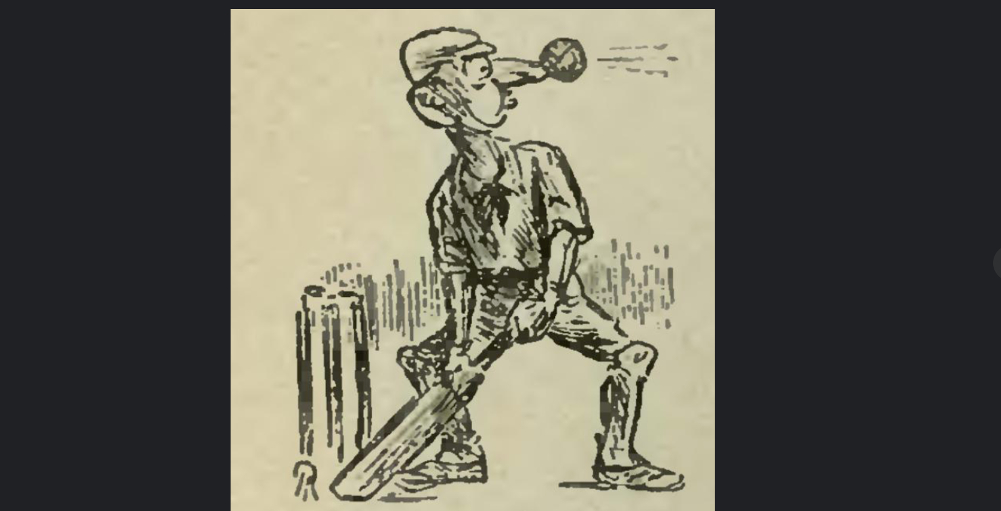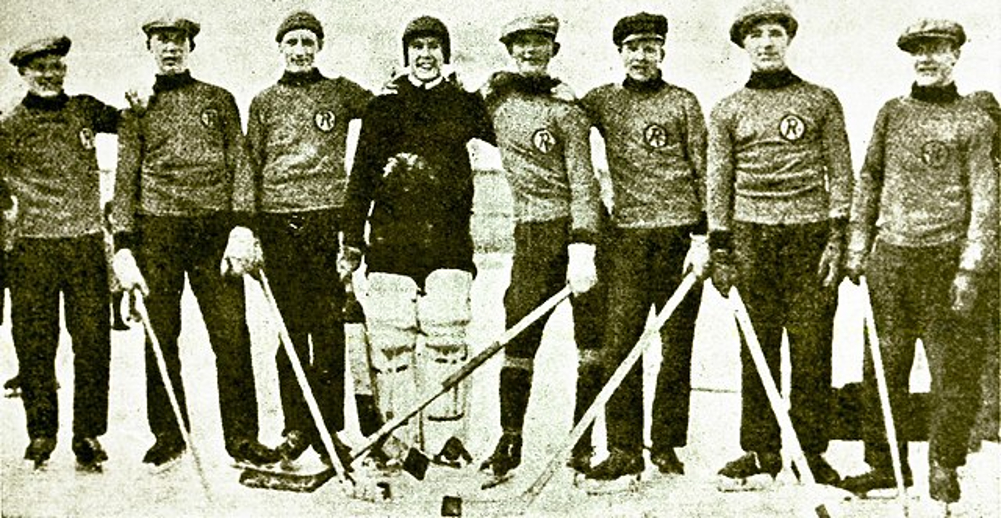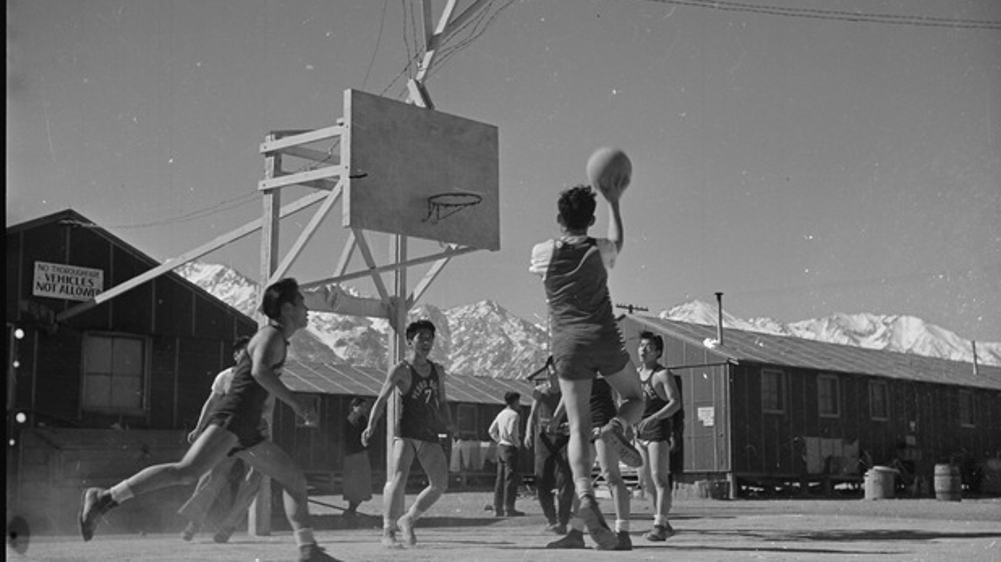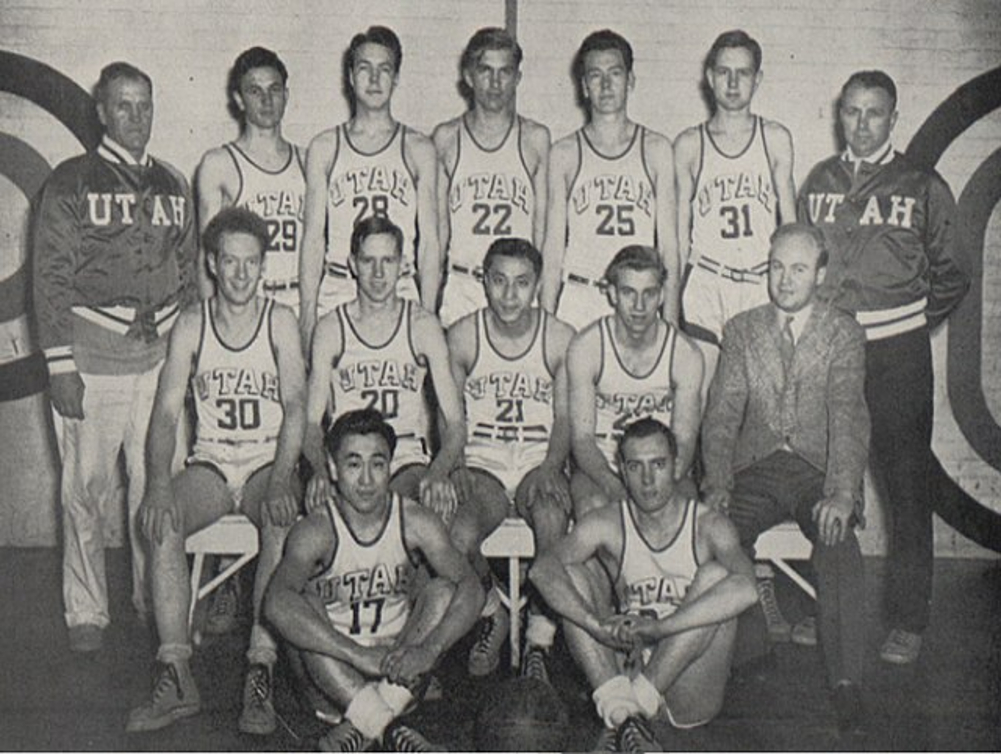King of the Canadiens, Master of the Game
Moore's rise began not with flashy goals but with relentless hustle. A tireless worker, he honed his craft on Montreal's rinks, earning a call-up to the Canadiens in 1951. Initially overshadowed by giants like Maurice and Henri Richard, Moore found his niche as a tenacious checker with a pinpoint shot. He battled for pucks in corners, disrupted opponent's plays, and supported his illustrious linemates.
But Moore was no mere sidekick. He possessed a scoring touch as keen as his blade. In 1957-58, he shattered Gordie Howe's record for points in a regular season, netting 41 goals and 55 assists. He twice won the Art Ross Trophy for leading the league in scoring, and his name became synonymous with the Canadiens' offensive prowess during their dynasty years.
Moore wasn't just a scorer but a magician with the puck. His stickhandling, described as "poetry on ice," could weave through defenders like a slalom skier between gates. He possessed that rare instinct for the game, anticipating passes, sniffing out scoring opportunities, and leaving opponents flailing in his wake.
He wasn't without his share of challenges. A broken wrist nearly cut short his championship campaign, and an off-ice tragedy threatened to derail his career. Yet, Moore persevered, returning to the ice with a steely resolve that cemented his place among the Canadiens' immortals.
Moore donned the Maple Leaf for his final years, proving his brilliance wasn't limited to Montreal. He retired in 1968, leaving a legacy as one of the game's most complete players. Moore was more than just goals and trophies; he embodied the Canadiens' spirit - a tireless worker, a fearless competitor, and a game master.
Today, Dickie Moore's name sits alongside Montreal's hockey pantheon. His jerseys hang from the rafters, a testament to his contributions to the Canadiens' glory. But his legacy extends far beyond Montreal. He is a reminder that hard work, unwavering passion, and a touch of magic can turn an ordinary boy from the frozen streets into a king of the ice.
Fern Flaman Hockey HOF Defenseman
In Boston, Flaman's arrival in 1944 heralded the dawn of a defensive fortress. His rugged play, characterized by aggressive body checks and a knack for reading the ice like a book, earned him the respect of teammates and the fear of opponents. He anchored the Bruins' blue line for seven seasons, helping them secure two Stanley Cup appearances. He became a fan favorite, his name echoing through the hallowed halls of the Boston Garden.
Then, in a twist of fate worthy of a hockey epic, Flaman found himself traded to the Toronto Maple Leafs in 1950. Donning the white and green, he found himself amidst a dynasty-in-the-making. His defensive prowess seamlessly integrated into the Leafs' powerful machine, and his unwavering determination fueled their championship drive. In 1951, he lifted the Stanley Cup with his former rivals, a poignant feat that solidified his place in hockey history.
But the duality of Flaman's career didn't end there. Traded back to the Bruins in 1954, he embraced his return with the spirit of a warrior returning home. He captained the team for five seasons, leading them to another Stanley Cup appearance in 1957. His loyalty to both Bruins and Leafs wasn't questioned; it was simply understood. He served each team with the same fiery passion, etching his name in the hearts of fans on both sides of the rivalry.
Flaman's legacy transcends mere statistics. He was a pioneer of the "stay-at-home" defenseman, paving the way for generations of blue-liners who prioritized protecting their net over flashy offensive forays. He was a leader, both vocal and by example, inspiring his teammates to push their limits and never back down. He was a symbol of the NHL's golden age, a time when rivalries were fierce but respect between players remained untarnished.
John Stockton
Famous Baseball Players Who Wore Number 12
We'll explore the exploits of offensive juggernauts who launched towering home runs, defensive wizards who controlled the game from behind the plate, and even the occasional pitching ace who defied expectations. But statistics and accolades are just the beginning. We'll peel back the layers, revealing the personalities that brought these jerseys to life. We'll delve into their clutch moments, the signature plays that etched their names in memory, and the unique stories that shaped their journeys.
From the early days of the game, when number 12 might have belonged to a forgotten outfielder, to the modern era, where it adorns the backs of some of the most recognizable stars, this series will span generations. Prepare to be surprised by the unexpected names you encounter, as well as reacquainted with the established heroes.
So, whether you're a baseball aficionado or simply curious about the game's rich history, join us as we celebrate the unique fraternity of players who wore number 12.
Phil Esposito Scoring Machine and Hockey Legend
Early Promise and Chicago Beginnings: Drafted in 1963, Esposito quickly emerged as a force on the Blackhawks' top line alongside Bobby Hull. His scoring touch was evident, earning him the Art Ross Trophy for leading the league in points in 1965 and 1966. However, a trade to the Boston Bruins in 1967 proved to be a turning point.
Boston Bruins Dynasty and Record-Breaking Feat: Joining forces with his brother Tony, Esposito became a focal point of the Bruins' high-powered offense. He won the Art Ross Trophy an astonishing four more times, led the league in goals six times, and even became the first player to break the 100-point barrier in a season (1968-69). He and his brother led the Bruins to two Stanley Cup appearances, winning it all in 1970.
A Journeyman's Touch: Continued Excellence: Traded to the New York Rangers in 1975, Esposito remained a scoring threat, playing seven more seasons and reaching the 1,000-point mark. He retired in 1981, leaving behind a legacy of incredible individual achievements.
Joe Morgan Baseball Hall of Fame
Joe Morgan Bio on SABR. Born September 19, 1943, in Bonham, Texas, was Baseball Hall of Fame Second Baseman, Joe Morgan. Morgan also played a little bit of Left Fielder, Third Baseman, and Center Field wearing the number 8 on the Cincinnati Reds (1972-79), Houston Astros (1980), San Francisco Giants (1981-82), Philadelphia Phillies (1983), and Oakland Athletics (1984) for 13 seasons as he batted 0.271 for his career, had an On Base percentage of 0.427, with 268 career Home Runs, and 5 Gold Glove Awarded Seasons. Morgan is one of the top MLB players to have worn Jersey Number 12. He is also top MLB players to have worn Jersey Number 10.
Roberto Alomar's Baseball Hall of Fame Journey
His journey began with the San Diego Padres, but he truly shone with the Toronto Blue Jays. From 1991 to 1995, Alomar helped lead the team to back-to-back World Series championships, dazzling fans with his clutch hitting (.313 postseason average) and acrobatic defense. He formed a legendary double-play combination with Omar Vizquel, their synchronicity a joy to watch.
Individual accolades: 12 All-Star selections, four Silver Slugger Awards, and an American League Championship Series MVP award. Beyond statistics, Alomar was a leader, captivating audiences with his passion and energy.
However, his brilliance was marred by controversy. A 1996 incident led to his suspension, casting a shadow over his achievements. He bounced back with solid seasons with the Cleveland Indians and New York Mets, but the controversy lingered.
Despite the complexities, Alomar's impact on the game is undeniable. He revolutionized how second base was played, inspiring a generation of defenders with grace and agility. His clutch hitting and leadership helped teams reach the pinnacle of success.
In 2011, baseball finally recognized his on-field contributions, inducting him into the Hall of Fame.
Photograph by Jon Gudorf.
Waite Hoyt and His Hall of Fame Baseball Career
Hoyt arrived in New York in 1921 and quickly became a vital part of the Yankees' pitching rotation. He was a dominant force, helping the team win six pennants and three World Series titles during his eight-year tenure. Notably, he was the ace of the legendary 1927 Yankees, widely regarded as one of the greatest teams in baseball history.
Hoyt was a consistent winner over his eight seasons with the Yankees, averaging 18 victories and over 250 innings pitched per year. After a particularly impressive season in 1928, he even received MVP votes.
While his peak years were with the Yankees, Hoyt continued to pitch effectively for several other teams after 1930. Though he never quite recaptured his dominance, he finished his career with a strong record of 237 wins and 182 losses, along with a solid 3.59 earned run average.
Hoyt's contributions were recognized in 1969 when he was inducted into the National Baseball Hall of Fame. He is remembered as one of the best pitchers of his era and a key figure in the New York Yankees' dynasty of the 1920s.
Born September 9, 1899, in Brooklyn, New York, was Baseball Hall of Fame Pitcher, Waite Hoyt. This legend was a World Series Champion in 1923, 27, 28, and the American League wins leader 1927 on the staff of the New York Yankees.
Hoyt left the Yankees after the 1930 season, and played for the Cincinnati Reds, Philadelphia Phillies, Boston Braves, Brooklyn Dodgers, and Pittsburgh Pirates before retiring in 1938.
Wade Boggs Baseball Hall of Fame Slugger
Wade Boggs wasn't your typical baseball hero. He wasn't known for thunderous home runs or blazing fastballs. Instead, Boggs carved out a unique legacy as a master of consistency, a relentless hitting machine who dominated the American League for nearly two decades.
Boggs began his career with the Boston Red Sox in 1982, quickly establishing himself as a batting prodigy. He possessed a smooth, compact swing that could spray line drives to all fields. His approach at the plate was meticulous, a calculated blend of patience and power. Boggs walked nearly as much as he struck out, a rarity in today's game.
But Boggs wasn't just about statistics. He possessed an unparalleled work ethic, famously known for his dedication to a high-protein, low-carb diet. His legendary pregame chicken-frying ritual became a source of amusement and a symbol of his unwavering routine. This dedication translated to remarkable durability. Boggs played in a staggering 1,238 consecutive games, a seemingly untouchable record that solidified his reputation as an iron man.
Beyond his physical prowess, Boggs was a cerebral player. He studied pitchers meticulously, exploiting their weaknesses with a keen baseball mind. He mastered the art of hitting for average, leading the American League in batting titles a record five times.
Born June 15, 1958, in Omaha, Nebraska, was baseball Hall of Fame Third Baseman Wade Boggs. Boggs played 18 season of MLB ball mainly with the Boston Red Sox but also had stints on the New York Yankees (93, 94, 95, 96, 97) Tampa Bay Devil Rays (98, 99) as he batted 0.328 for his career, had an On Base percentage of 0.443, with 118 career Home Runs, and 2 Gold Glove Awarded Seasons. He is one o the top MLB players to have worn Jersey Number 26. He is also one o the top MLB players to have worn Jersey Number 12
Adam Oates a Hockey Renaissance Man
Early Career and Blossoming Talent (1985-1992):
Drafted by the Detroit Red Wings in 1985, Oates' early career was marked by promise but inconsistency. Traded to the St. Louis Blues in 1989, he found his footing alongside superstar Brett Hull. Their chemistry blossomed, with Oates emerging as one of the league's elite passers, racking up impressive assist totals.
A Decade of Excellence and Awards Recognition (1992-2004):
Oates' career truly flourished in the 1990s. Traded to the Boston Bruins in 1992, he formed a potent offensive duo with Cam Neely. He captured the prestigious Hart Memorial Trophy as the league's MVP in 1994, a testament to his playmaking prowess.
Subsequent stints with the New Jersey Devils, Washington Capitals, and Philadelphia Flyers saw Oates continue to be a prolific scorer. He won the Art Ross Trophy (most points) in 1993 and amassed over 1,000 career assists, solidifying his place among the NHL's all-time greats in that category.
Beyond Scoring: Leadership and Coaching Accolades (2004-2018):
Oates' impact extended beyond his scoring prowess. He was a vocal leader, respected by teammates for his hockey IQ and work ethic. Following his retirement in 2004, Oates transitioned seamlessly into coaching. He served as an assistant coach for several teams, including the Washington Capitals, where he helped them capture their first Stanley Cup championship in 2018. His influence on the team's offensive strategy and player development was undeniable.
Born August 27, 1962, in Weston, Ontario, was Hockey Hall of Fame Center, Adam Oates. This legend was one the NHL 100th Anniversary teams and played as an NHL All-Star. Oates played in the League for 19 seasons and appeared on the rosters of the Detroit Red Wings, St Louis Blues, Boston Bruins, Washington Capitals, Philadelphia Flyers, Mighty Ducks of Anaheim, and Edmonton Oilers.













